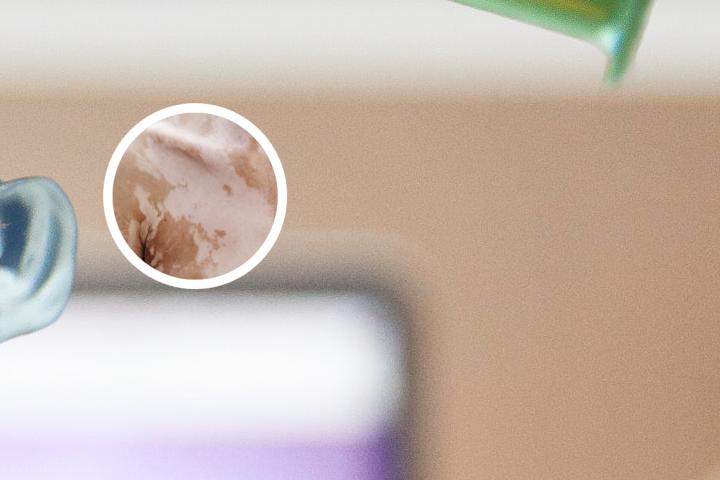Research Progress on Vitiligo

Vitiligo is an acquired depigmentation disorder that affects approximately 1% of the world population. Until now, the etiology and pathogenesis are not completely clear, so there is no cure for this disease. However, researchers around the world have made great progress in recent decades, especially in exploring the underlying mechanisms and developing novel therapeutic strategies.
1. Genetic basis
Vitiligo has a genetic predisposition, which means that some families have a higher incidence of the disease. Several candidate genes, such as TYR, TYRP1, PTPN22, and CTLA4, have been identified through genetic studies of vitiligo patients. These genes regulate melanocyte function, immune activation, and apoptosis, which are closely related to the development of vitiligo. Moreover, genetic variants such as single nucleotide polymorphisms (SNPs) have been found to modulate the susceptibility and clinical features of vitiligo. Therefore, genetic research provides a solid foundation for understanding the pathogenesis and individualized treatment of vitiligo.
2. Autoimmunity
Vitiligo is considered as an autoimmune disease, in which self-antigens are recognized by autoreactive T cells and antibodies, leading to destruction of melanocytes. Many studies have focused on the role of immune system in vitiligo pathogenesis and treatment. For example, the presence of CD8+ T cells, Th1/Th17 cytokines, and regulatory T cells in vitiligo skin lesions suggests a complex interplay between inflammation and tolerance. In addition, the development of immune checkpoint inhibitors, such as anti-PD-1 antibodies, has shown promising effects on repigmentation of vitiligo by enhancing the activity of cytotoxic T lymphocytes and inhibiting immunosuppressive signals.
3. Repigmentation
Repigmentation is the ultimate goal of vitiligo treatment, as it restores the color and function of depigmented skin. However, repigmentation is often incomplete and unsatisfactory due to the heterogeneity of vitiligo lesions and the limited efficacy of current therapies. Therefore, many researchers have devoted themselves to exploring new repigmentation strategies, such as stem cell transplantation, melanocyte transfer, and microneedle-mediated drug delivery. These methods aim to replenish the lost melanocytes or stimulate the differentiation and migration of melanocyte precursors, but their safety and effectiveness need to be further validated in clinical trials.
4. Psychological impact
Vitiligo not only affects the physical appearance but also has a profound psychological impact on patients and their families. The stigma and discrimination associated with vitiligo may lead to anxiety, depression, and social isolation. Thus, the psychological wellbeing of vitiligo patients is an important aspect that should not be neglected in the management of this disease. Psychotherapy, support groups, and educational programs can help patients cope with the emotional challenges of living with vitiligo.
In summary, the research progress on vitiligo has shed light on the genetic, immunological, therapeutic, and psychosocial aspects of this complex disorder. The interdisciplinary collaboration and technological innovation will accelerate the discovery of new targets and tools for vitiligo diagnosis, prevention, and treatment.










